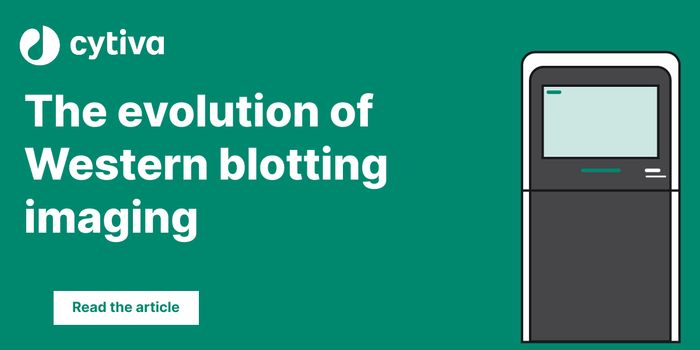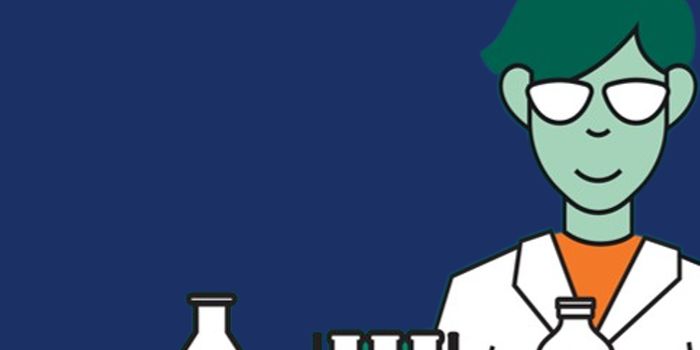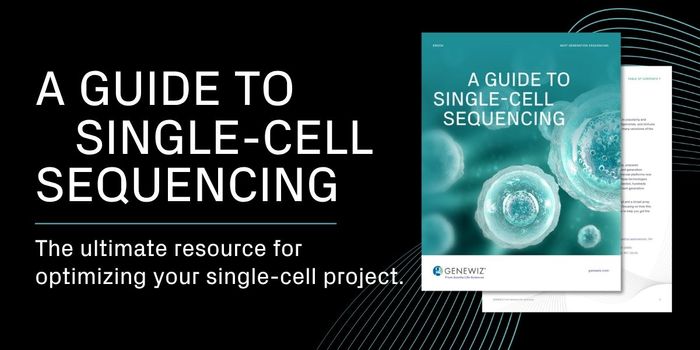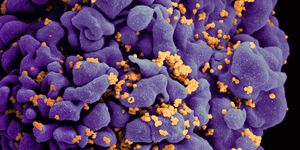Restoring Cell Function with Light
Optogenetics is a technique that has been in development for several years, and aims to combine optics and genetics to use light to control cell function. Researchers have now used optogenetics to improve the function of damaged mitochondria. Mitochondria are popularly known as the powerhouse of the cell; these organelles carry their own tiny genome and while they are crucial energy generators, they also have other critical functions. In healthy cells, hundreds of mitochondria come together in a process known as fusion, and then break up into smaller parts, called fission, to maintain balance in cells. But fusion and fission, which is controlled through gene expression, can become imbalanced when mitochondria are dysfunctional, explained Jiajie Diao, Ph.D. of the University of Cincinnati College of Medicine. That mitochondrial imbalance has been associated with a variety of disorders including some types of cancer and neurodegenerative disease.
Researchers have found that little sacs in the cell called lysosomes may play a part in mitochondrial fission. When a mitochondrion touches a lysosome, the lysosome can degrade the mitochondrion into small bits. In a new study reported in Nature Communications, researchers used optogenetics to bring mitochondria an lysosomes together in damaged cells, and triggered fission, which restored cell function.
"Many proteins in plants are light sensitive, informing plants whether it is day or night. Optogenetics borrows these light-sensitive proteins from plants and uses them in animal cells," explained co-corresponding study author Kai Zhang, Ph.D., an ssociate professor at the University of Illinois Urbana-Champaign. "By attaching such proteins to organelles, one can use light to control the interaction between them, such as mitochondria and lysosomes shown in this work."
In this study, the researchers used genetic tools to tag mitochondria and lysosomes, each with a different protein that is activated by blue light. Lysosomes were tagged with cryptochrome from Arabidopsis thaliana (CRY2), and mitochondria were tagged with cryptochrome interacting basic-helix-loop-helix (CIB). CRY2 and CIB will merge with each other when a blue light shines on them. When the proteins come together, it also brings the attached mitochondria and lysosomes together, triggering fission.
"We found that it can recover the mitochondrial function," said Diao, who is also co-corresponding study author. "Some of the cells can even go back to normal. This proves that by just using some simple light stimulation we can at least partially recover the mitochondrial function of the cell."
Diao noted that some patients have massive mitochondria (seen in liver disease, for example) that must be divided into smaller portions so their cells will function normally again. This technique might be helpful to them. It could also be useful in cancer treatment; if mitochondria in cancer cells are broken up, they will lose their energy source and die. "Without normal functional mitochondria, all of the cancer cells will be killed."
Because the light only stimulates certain proteins, Diao noted that a far more targeted approach can be taken this way. The light also only affects cells that are exposed, so healthy cells can be spared. While there are other ways to trigger mitochondrial fission, Diao suggested that optogenetics are safer because no chemicals or toxic agents are involved.
"What we have is actually the natural process, we're just making it faster," Diao said. "So it's not like a chemical or a therapy or a radiotherapy where you need to reduce the side effects."
The researchers are working on developing new tools with other colors of light as well. Longer wavelengths would likely be needed to work on human tissues, so that application is still in the future.
"We would like to further expand the toolbox by introducing multicolor optogenetic systems to give us multiple ways to control how organelles behave and interact," Zhang said. "For instance, one color makes organelles come together, while the other color forces them apart. This way, we can precisely control their interactions."









